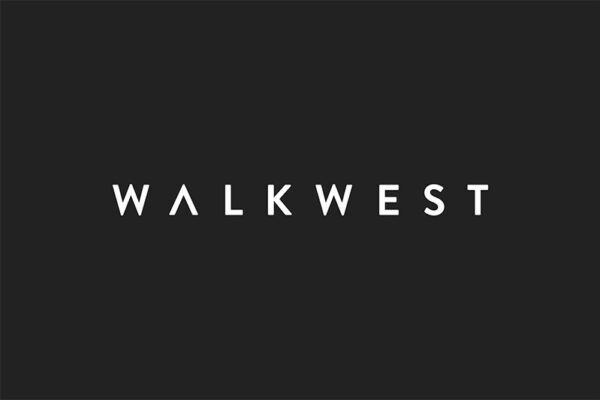The News & Observer is reporting that bad economic times are the best time to promote a business. This concept is something that we here at Walk West are keenly aware.
The tendency in tough times is to shut off marketing. But bad times actually are the best time to promote a business, says Grace Ueng, founder and CEO of Cary-based Savvy Marketing Group.
This is the tendency. Revenue is down. Profit is down. So a very natural instinct for many small business owners is to go “lean” and come out of the recession alive and on the other side. But if you can stomach the opportunity to go against this instinct, you can come out of the recession better than you were when it started.
The Cereal Wars of the 1920s and 1930s
Looking back to history brings a glaring example of how to weather an economic storm. In the 1920s, Post and Kellogg had entered the breakfast conversation and were looking to make a splash against oatmeal and cream of wheat as breakfast of choice. However, the products the cold cereal companies offered were not viewed as a real alternative to the more popular warm cereals. As the 1920s drew to an end and the depression began, the two cold cereal companies took separate paths. Post took the instinctive route – shrunk into a ball, stopped marketing and advertising as a way to reduce overhead, and decided to weather the storm. On the other hand, Kellogg saw the storm and bravely stepped into it – they doubled their advertising budget and aggressively positioned themselves into the somewhat new radio market.
What Kellogg did was actively advertise their best-selling product – Rice Krispies – in a new and inventive way. It was during the early 30s that the still famous characters of Snap, Crackle, and Pop appeared. Even as the depression worsened and hit bottom in 1933, Kellogg saw profit increase to the tune of 30% and had established itself as the industry leader and has maintained that position ever since. (Hang Tough – The New Yorker Magazine).
But that was the 1930s… let’s fast forward to the last big recession.
In a study of 600 business-to-business companies, McGraw-Hill Research found that businesses that maintained or increased their advertising expenditures during the 1981-1982 recession, averaged higher sales growth during the recession and in the three years following. By 1985, sales of aggressive recession advertisers (those that either maintained or increased spending) had risen 256% over those that cut-back on advertising. (Innovating Through Recession)
Spend it wisely
So it makes sense to advertise. Study after study confirms this. But when it comes to spending scarce marketing dollars, the tendency may be to go back to your tried – and somewhat true – methods, be it direct mail, radio, newspaper, or yellow pages. Not that spending money in these areas is necessarily wrong, but because marketing dollars are scarce, you may want to look into another area that requires less overhead – the Internet.
When using traditional marketing methods, you are often targeting a large group of people of which only a subset – sometimes a small subset – may be actually interested in your product. If you’re airing a radio commercial advertising your landscaping business it very well may be the case that 10% of the listeners are actually interested in your product. So, essentially, you’re wasting 90% of your marketing dollars by blindly broadcasting a message across a medium.
Enter the game changer – the Internet. The Internet allows us to know much more about an audience than we have ever been able to know before. With the miracles of modern technology, we can micro-target and customize the reach of your marketing campaign according to those who may be most likely to positively respond – and hopefully with money. With a traditional method such as direct mail, you can micro-target, but to a much lesser extent. In the case of our landscaper, he may target wealthy neighborhoods who may be more apt to use his services with a direct mail campaign. But with the Internet, that same landscaper can intercept a person actively looking for landscaping services! In this way, we’re not wasting marketing dollars on homeowners who may already have a landscaper. Additionally, the landscaper can still target the same neighborhood but use the Internet to only advertise to those who are looking for landscaping services.
What the Internet allows us to do is bypass a reflex that we as consumers have developed since the dawn of advertising – and that is to naturally object to being advertised to. We hate commercials. Period. We hate them on the radio, on the TV, billboards, junk mail, etc. But if we can disguise an advertisement as being helpful information, then we can get around that reflex altogether. The Internet is about conversation. If we can engage in that conversation – and offer up our services at the same time – we’re talking conversion rates that are much more favorable than any other type of marketing there is.
So if you can muster the strength to overcome the go lean method, be sure to spend your marketing dollars wisely.

